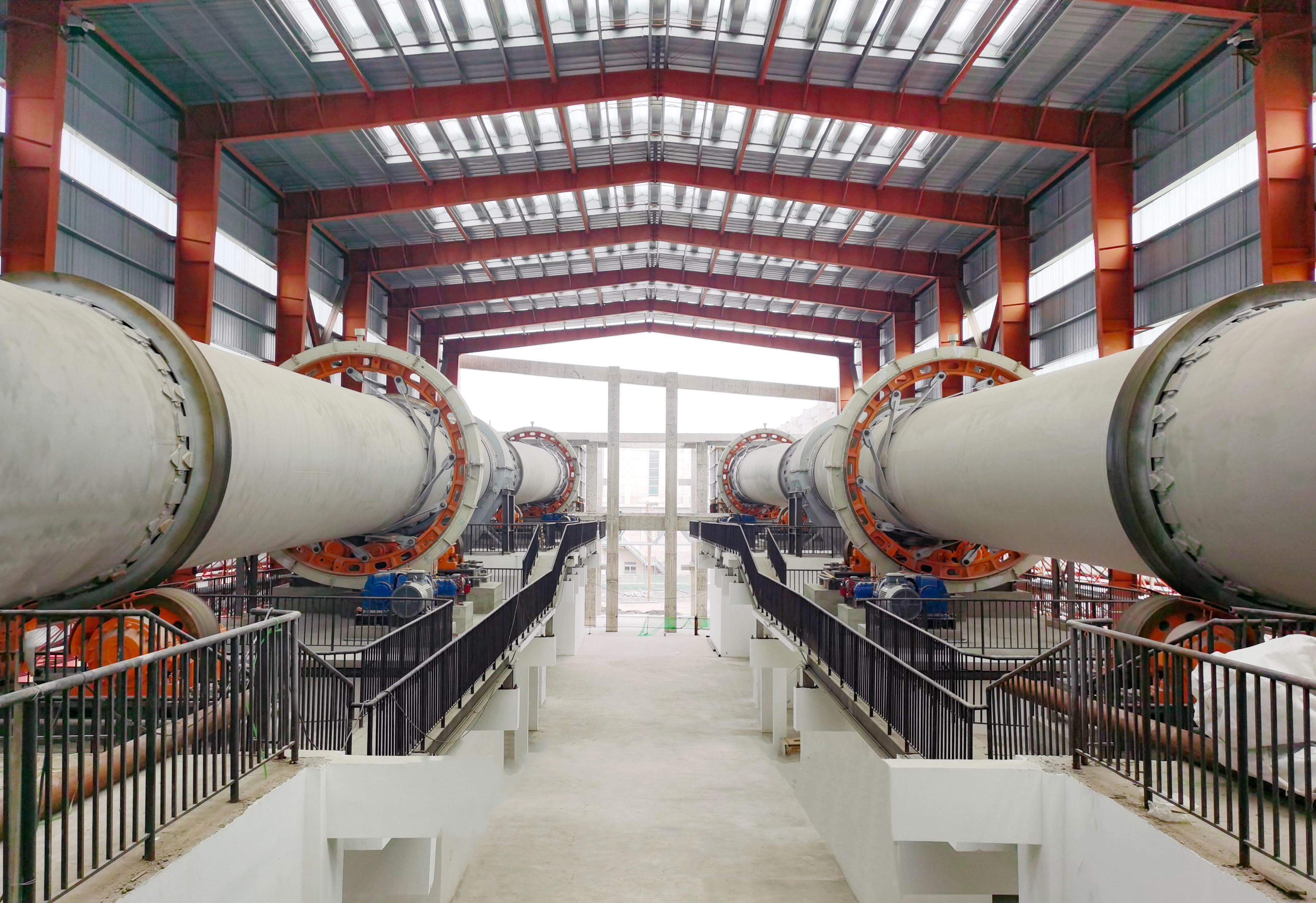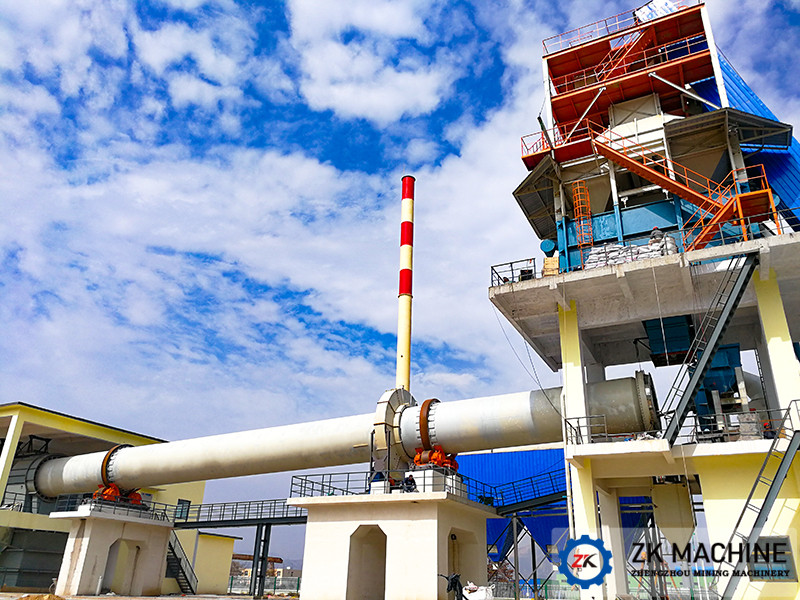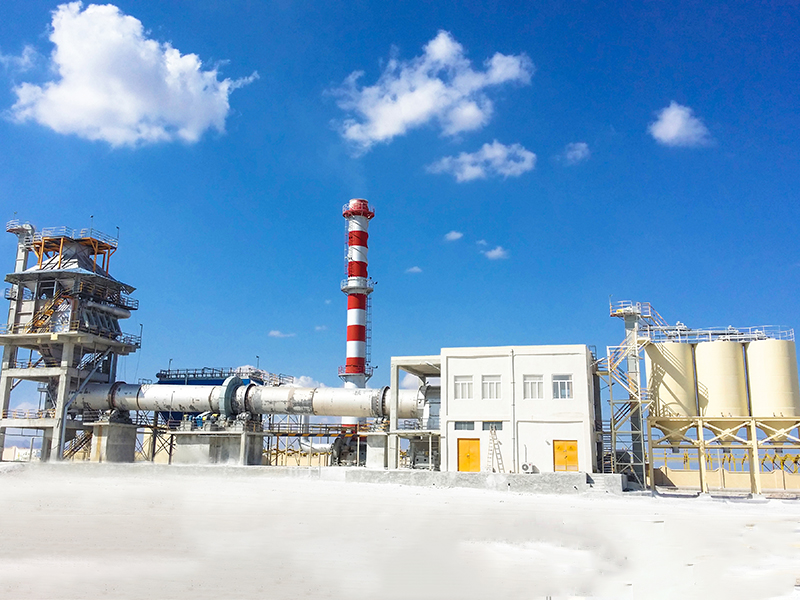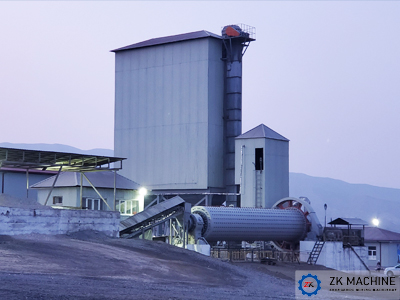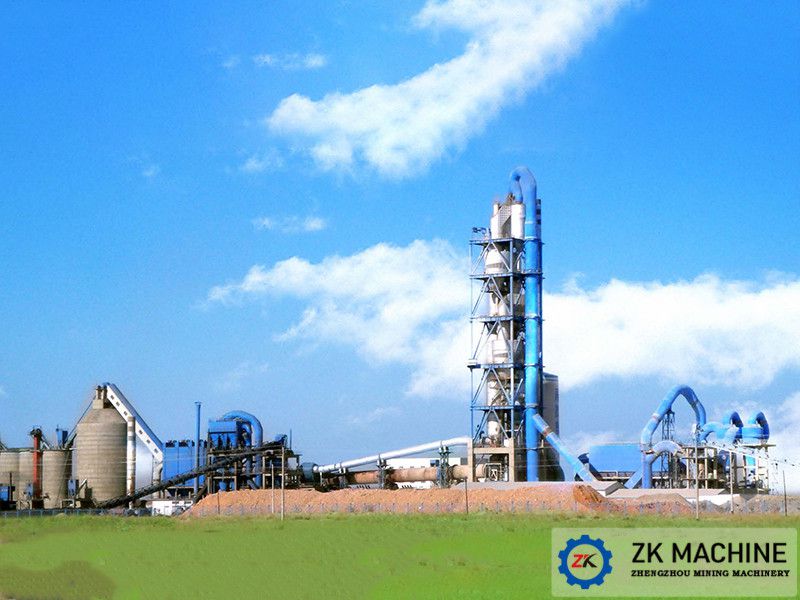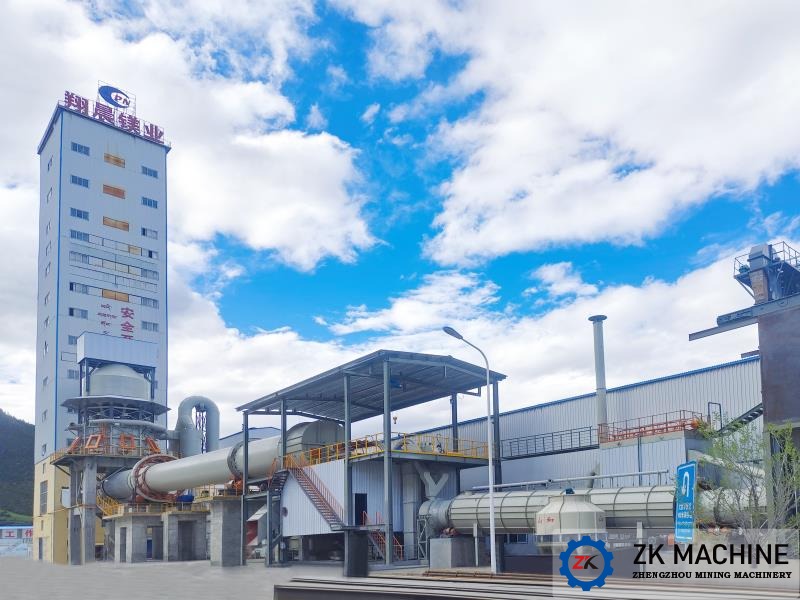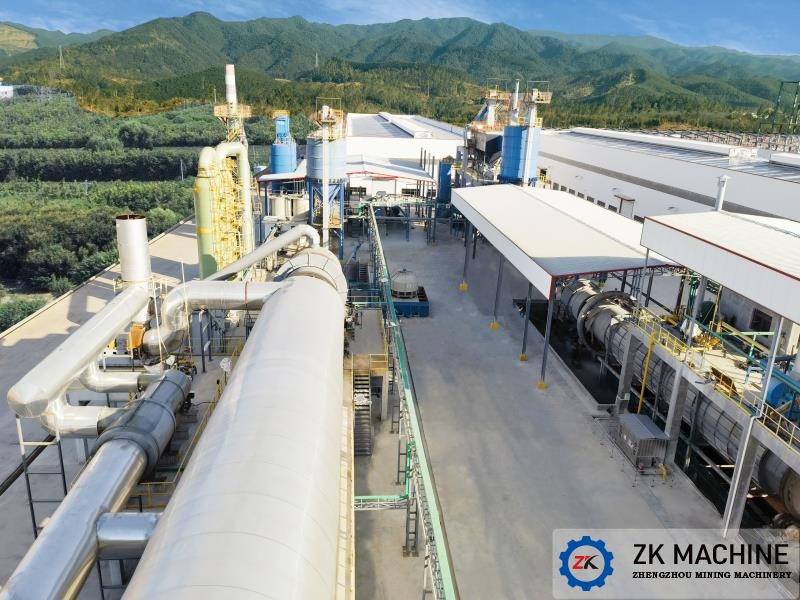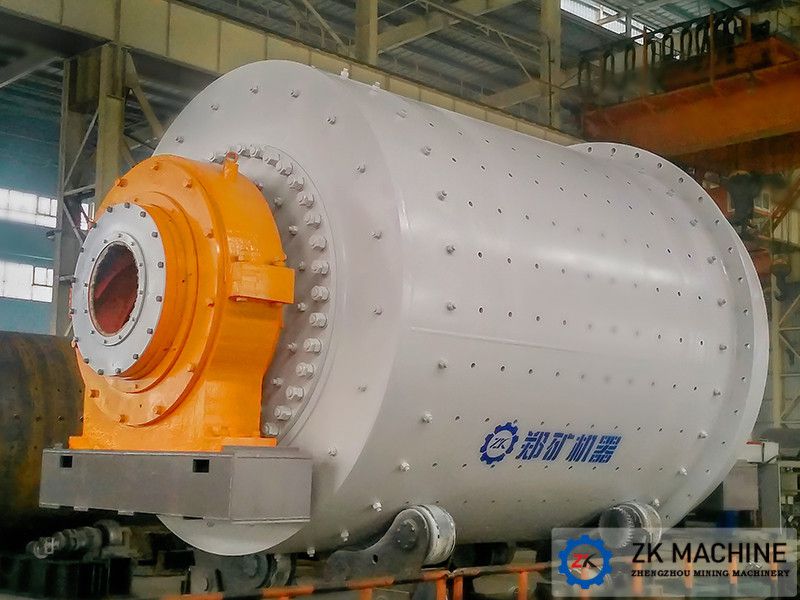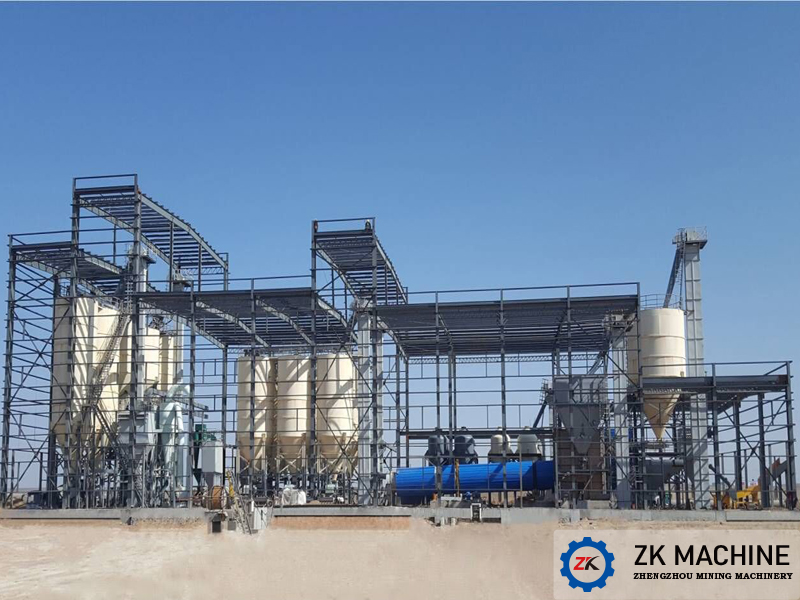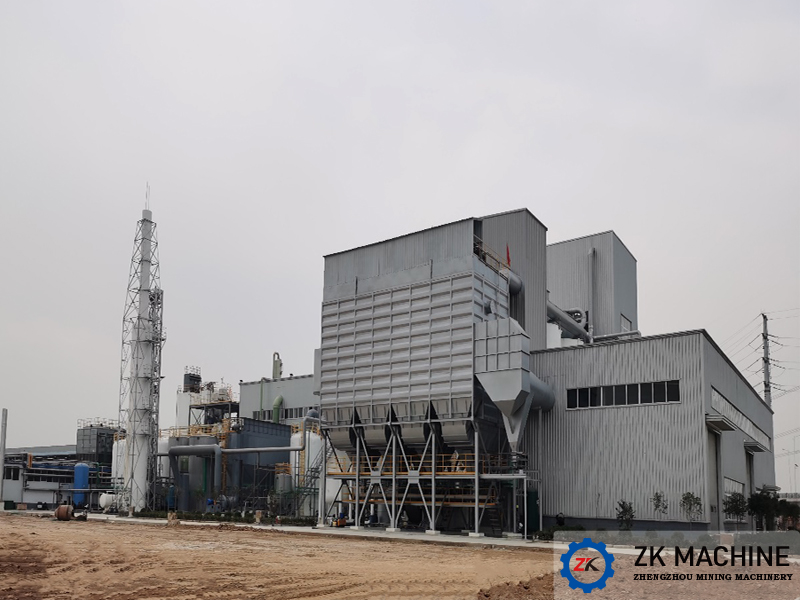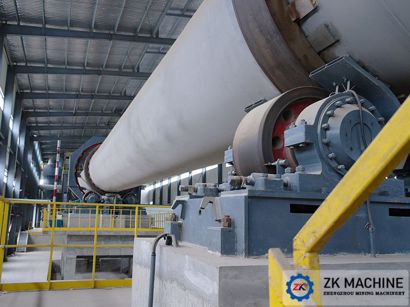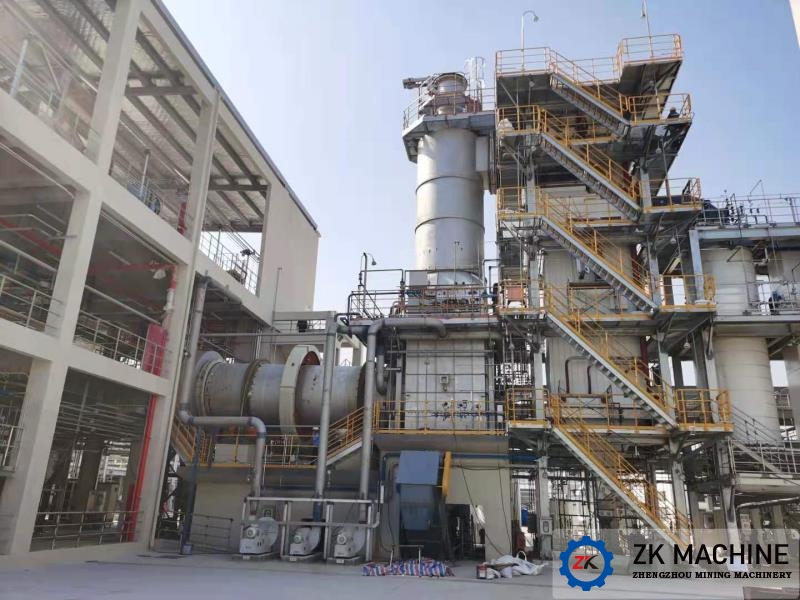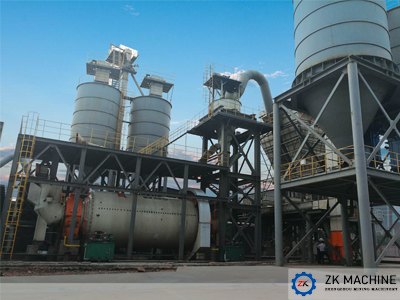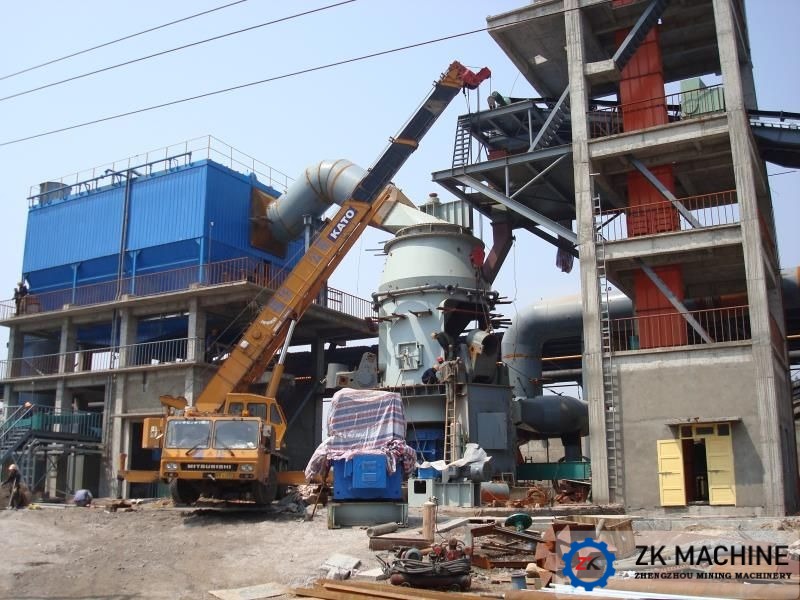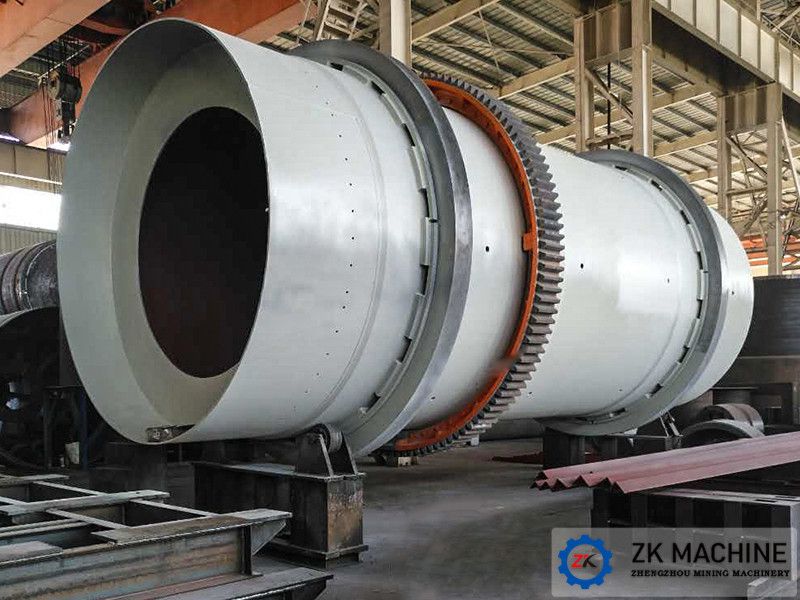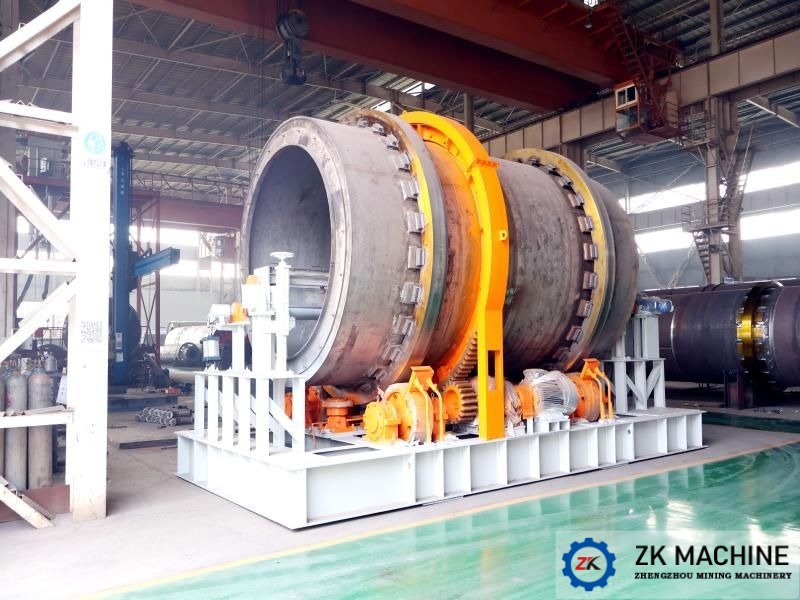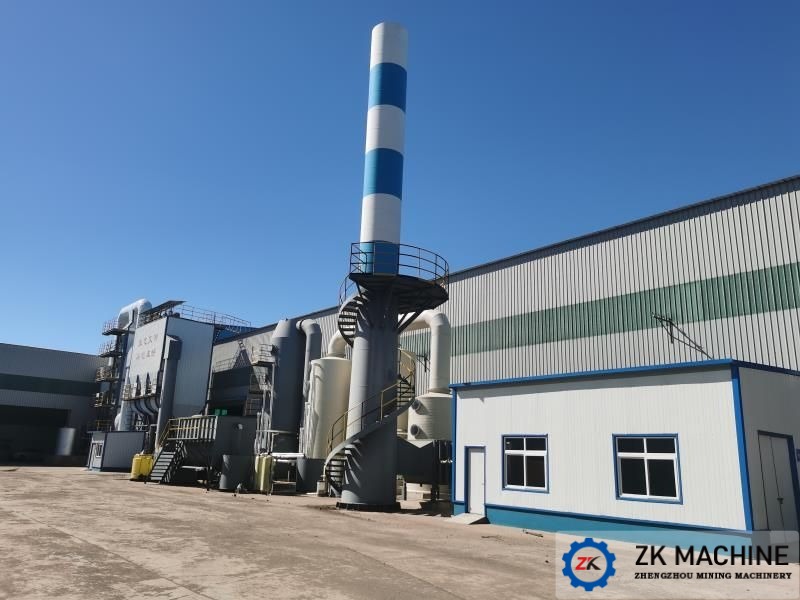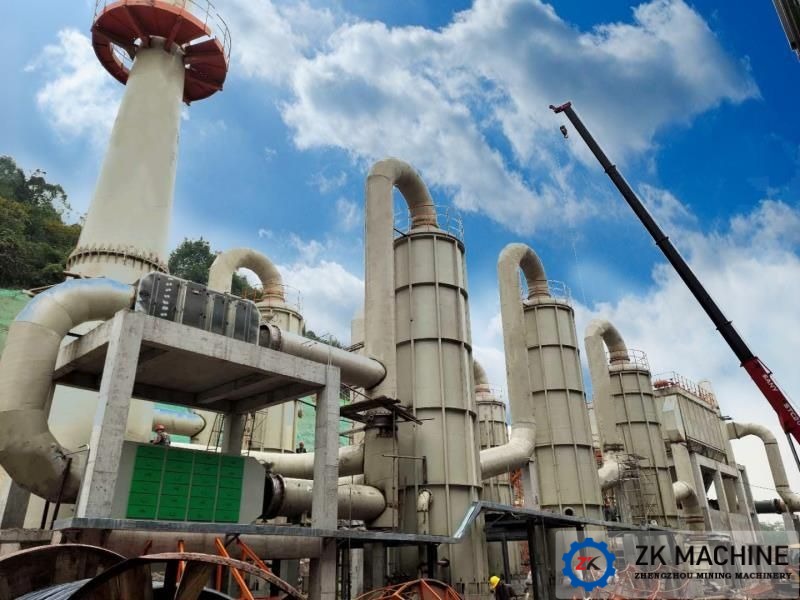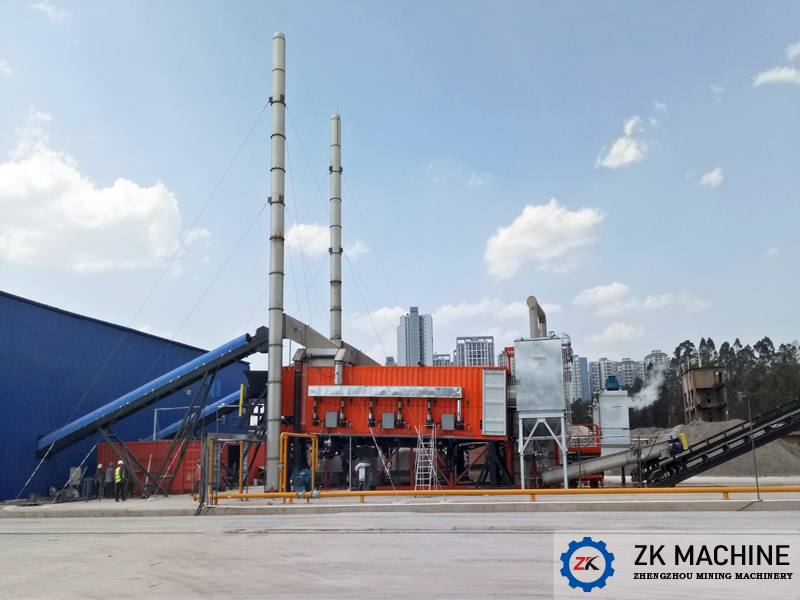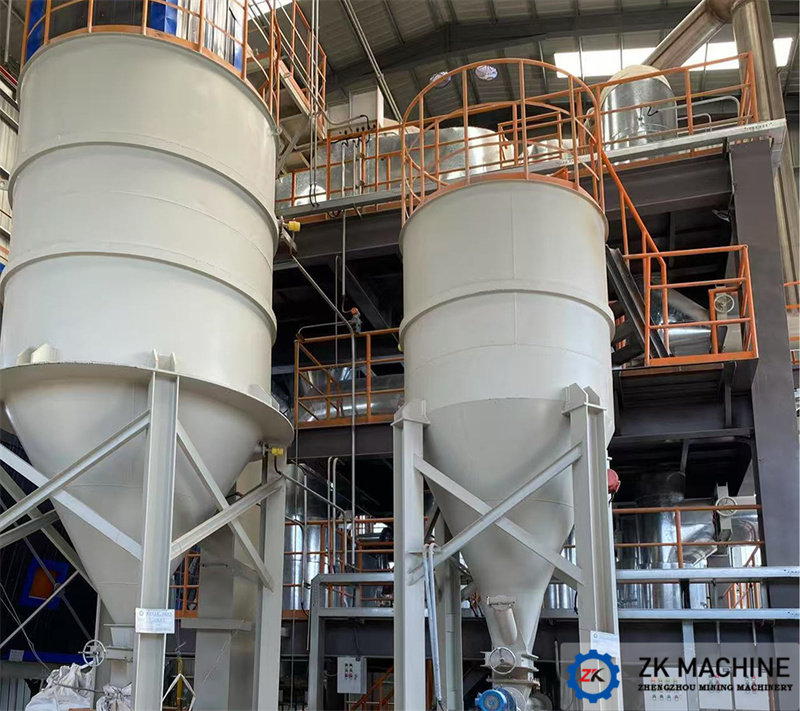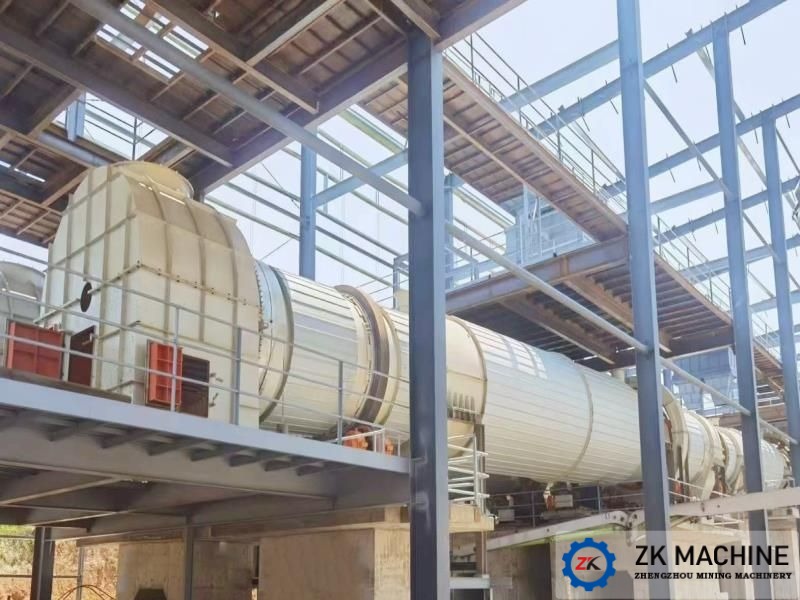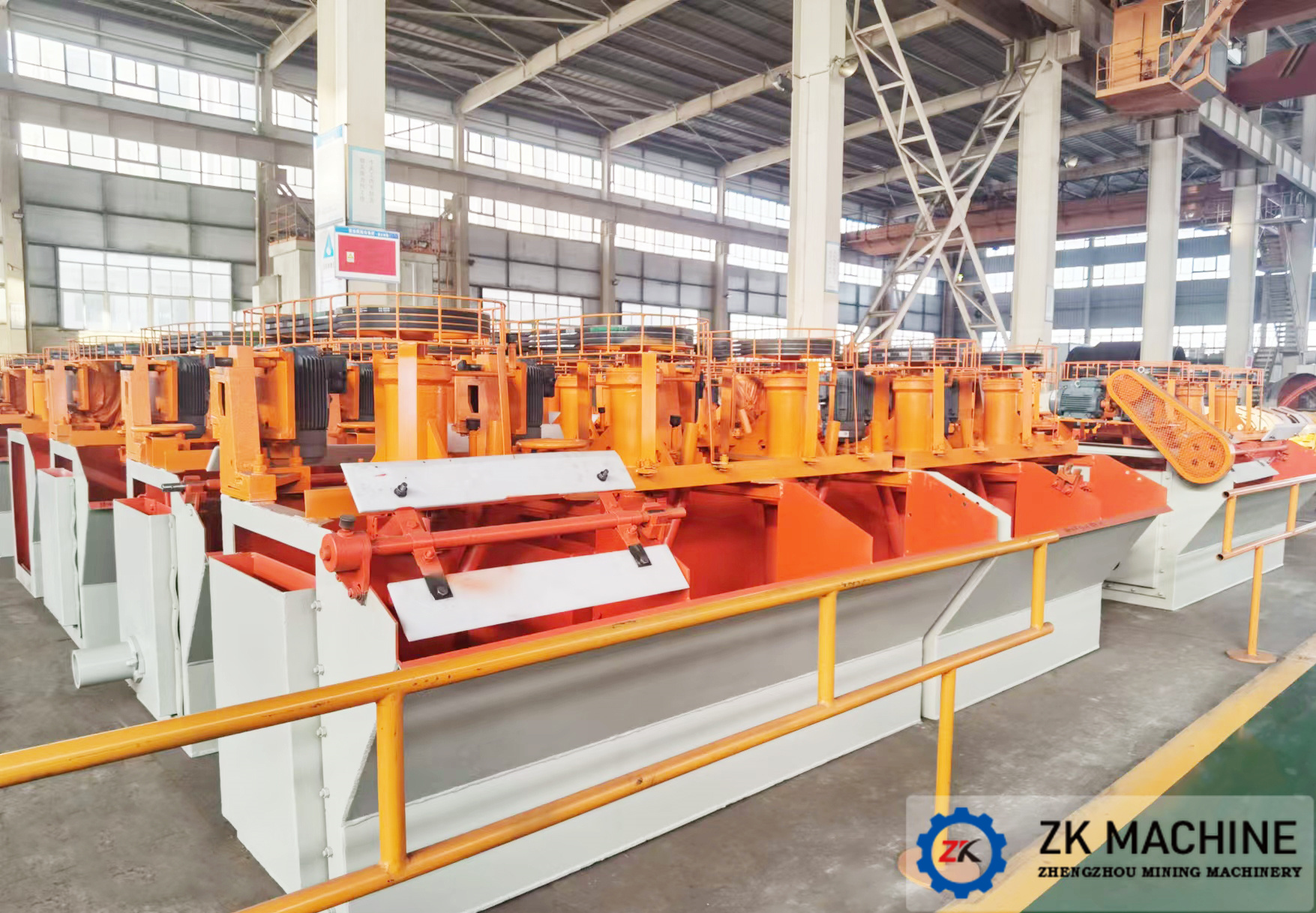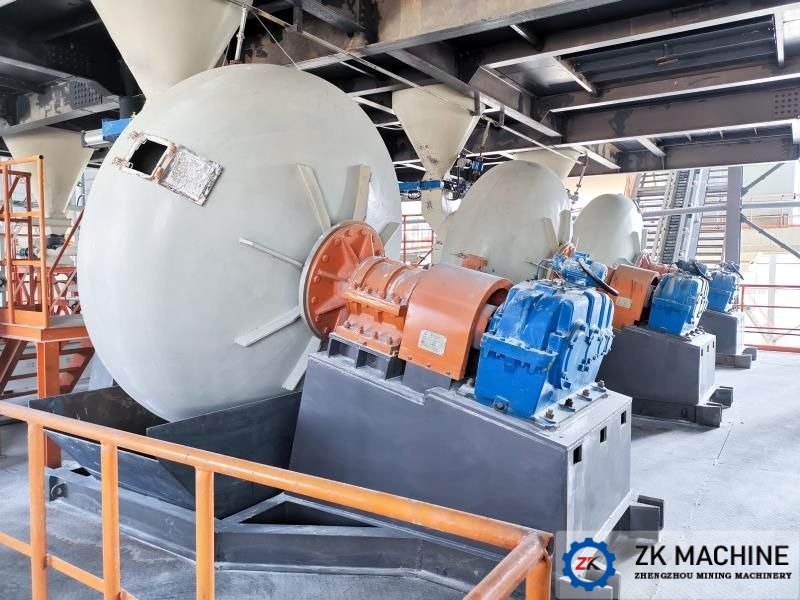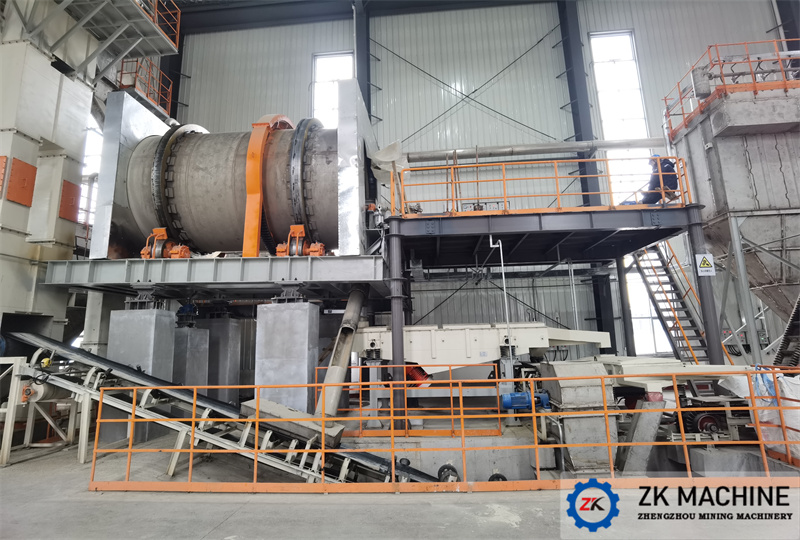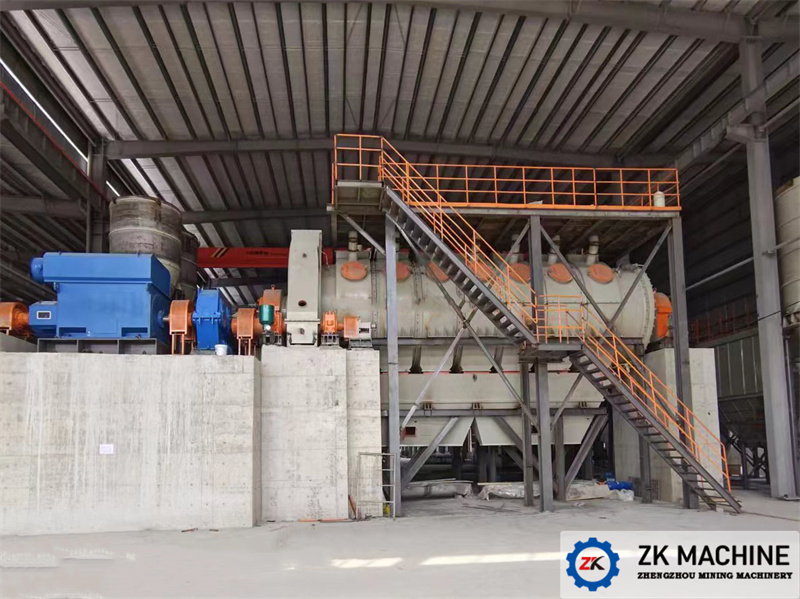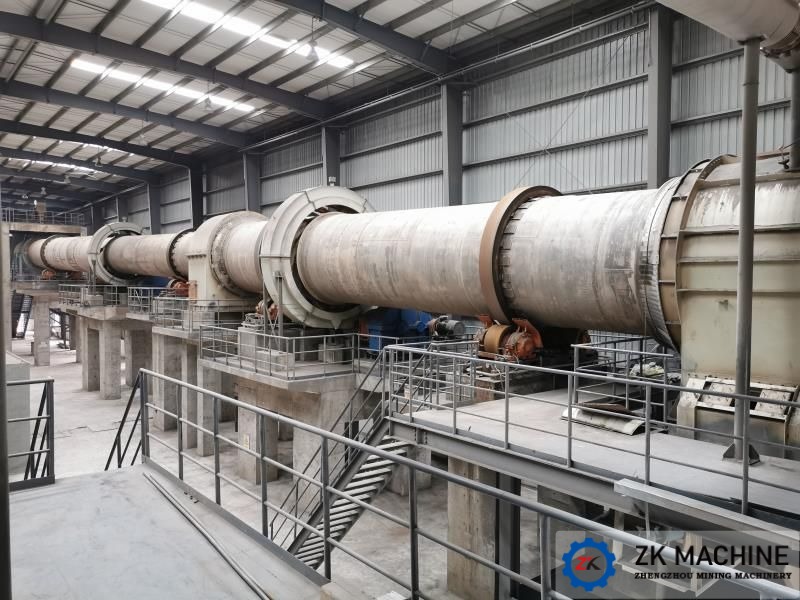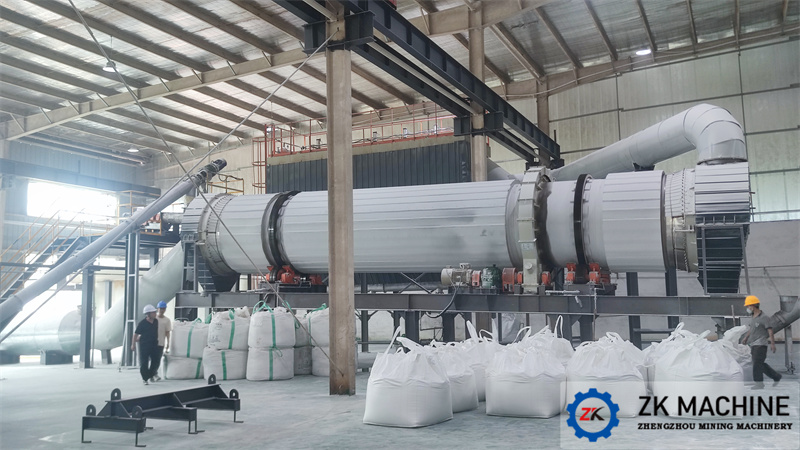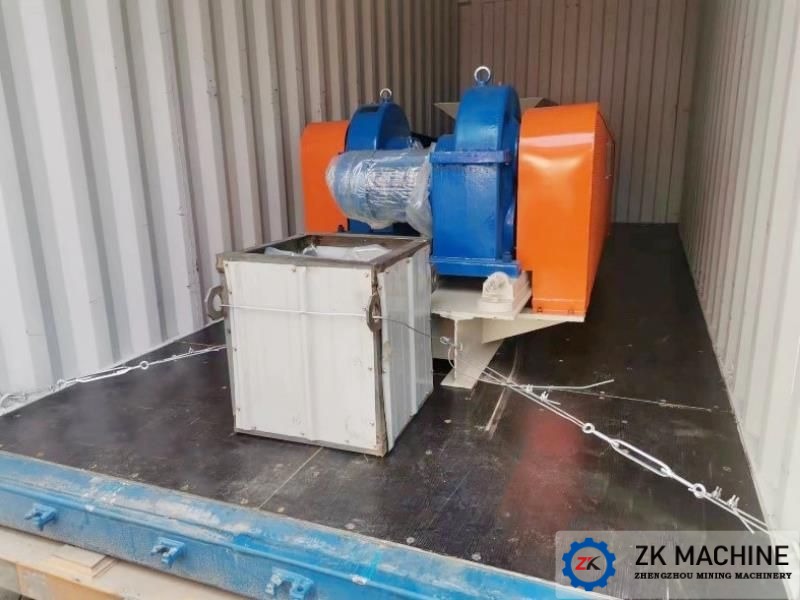The Main Process Flow of the Cement Plant
The cement production process is mainly divided into three stages, namely raw meal preparation, clinker firing and cement grinding.
Take dry production as an example, including the following main processes:
Crushing and pre-homogenization-raw meal preparation-raw meal homogenization-preheating decomposition-cement clinker firing-cement grinding-cement packaging
1. Crushing and pre-homogenization
(1) In the process of crushing cement production, most of the raw materials need to be crushed, such as limestone, clay, iron ore and coal.
(2) The raw material pre-homogenization technology is to use scientific stacking technology to realize the initial homogenization of the raw materials during the storage and retrieval of the raw materials, so that the raw material storage yard has the functions of storage and homogenization at the same time.
2. Raw meal preparation
During the cement production process, at least 3 tons of materials (including various raw materials, fuels, clinkers, mixtures, and gypsum) must be ground for each ton of Portland cement produced. According to statistics, the dry-process cement production line needs to consume The power of the site accounts for more than 60% of the total power, of which raw meal grinding accounts for more than 30%, coal grinding accounts for about 3%, and cement grinding accounts for about 40%. Therefore, reasonable selection of grinding equipment and process flow, optimization of process parameters, correct operation, and control of the operating system are of great significance for ensuring product quality and reducing energy consumption.
3. Homogenization of raw meal
In the process of new dry-process cement production, stabilizing the raw meal composition in the pit is a prerequisite for stabilizing the thermal system of clinker firing, and the raw meal homogenization system plays a role in stabilizing the raw meal composition.
4. Preheating and decomposition
The preheating and partial decomposition of the raw meal are completed by the preheater, which replaces part of the functions of the rotary kiln, so as to shorten the length of the return kiln, and at the same time make the kiln carry out the heat exchange process of air and material in a stacked state, and move it to the preheater in a suspended state The raw material can be fully mixed with the hot gas discharged from the kiln, which increases the contact area of the gas material, has a fast heat transfer rate and high heat exchange efficiency, which can improve the production efficiency of the kiln system and reduce the heat consumption of clinker burning.
(1) Material dispersion (2) Gas-solid separation (3) Pre-decomposition
5. Firing of cement clinker
After the raw meal is preheated and pre-decomposed in the cyclone preheater, the next step is to enter the rotary kiln for clinker firing.
In the rotary kiln, the carbonate is further rapidly decomposed and a series of solid-phase reactions occur to generate the minerals in the cement clinker. As the temperature of the material rises, some minerals will become liquid phase and will dissolve in the liquid phase and react to produce a large amount of (clinker). After the clinker is fired, the temperature begins to drop. Then the high temperature clinker discharged from the rotary kiln is cooled by the cement clinker cooler to the temperature that the downstream transportation, storage and cement grinding can withstand, and the sensible heat of the high temperature clinker is recovered at the same time to improve the thermal efficiency and clinker quality of the system .
6. Cement grinding
Cement grinding is a post-process of cement production line manufacturing, and it is also a process that consumes more electricity. Its main function is to grind cement clinker (and gelling agent, performance adjustment materials, etc.) to a suitable particle size (expressed in fineness, specific surface area, etc.) to form a certain particle gradation and increase its hydration area. Accelerate the hydration rate and meet the requirements of cement paste coagulation and hardening.
7. Cement packaging
The cement leaves the factory with two shipping methods: bagged and bulk.

